Against the flow of history
After the Franco-Siamese Peace Treaty (October 3, 1893), Laos separated from Siam and unified (previously it was a small kingdom). Accordingly, France annexed the Central Highlands into Laos - of course at this time there was no place name Darlac ( Dak Lak ) in the sense of an official administrative unit.
On November 2, 1899, according to Decision No. 917 of Governor-General of Indochina Paul Doumer, the "Dak Lak administrative agency" was born, belonging to the Stung Treng region - Champasak Kingdom of Laos (later Stung Treng province was transferred to Cambodia during the Indochina Federation period).
On November 22, 1904, Dak Lak officially separated from Laos to return to An Nam under the Nguyen Dynasty.
This is an important milestone, officially "giving birth" to the provincial administrative unit named Dak Lak.
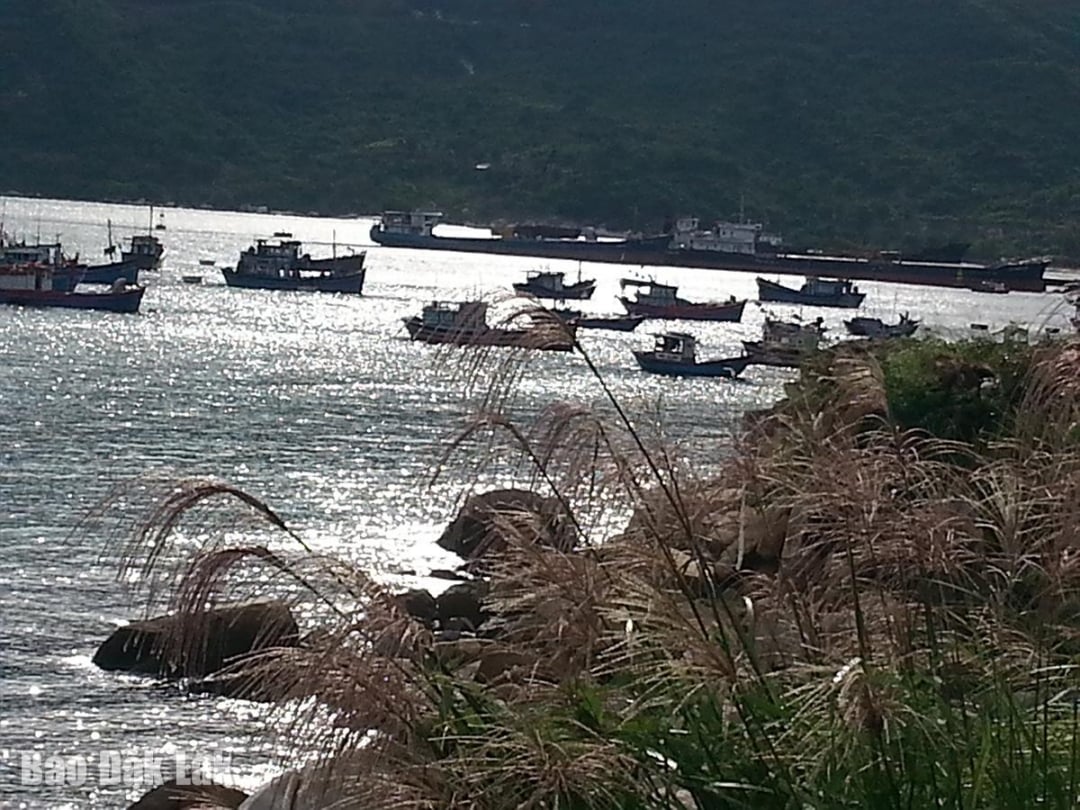 |
| Vung Ro Port contributes to bringing trade between the two regions of Dak Lak - Phu Yen everywhere. Photo: Dao Duc Tuan |
However, according to documents from the scientific conference "Dak Lak - 120 years of journey and development" (November 22, 1904 - November 22, 2024) organized by the Dak Lak Provincial Party Committee in coordination with the Ho Chi Minh National Academy of Politics at the end of October 2024, there was a period (from 1904 - 1923) when Dak Lak was under the control of Phu Yen, then Kon Tum was under the rule of the French Resident of Central Vietnam. It was not until July 2, 1923 that the Dak Lak Administrative Agency separated from Kon Tum, becoming a separate province.
Going back in history, we can see that the two lands of Dak Lak and Phu Yen were once “two in one” - and no matter which political regime they were under, that name still resonates in people’s minds. The forests and rivers connecting the great forest with the ocean have created a unique historical and cultural space from the past to the present, making the residents here become close and attached for a long time.
Connecting past and present
In the past, from the 7th to the 15th century, the place where the Ba River flows into the sea through Da Dien estuary (Tuy Hoa city, Phu Yen province today) was a bustling international trade center.
From the time of King Le Thanh Tong to the reign of the Nguyen Lords and the Nguyen Dynasty later, the exchange and trade based on the Ba River axis in the East-West direction was always thoroughly exploited, becoming a dynamic and important economic model connecting the Central Coast with the Central Highlands, in which Dak Lak and Phu Yen emerged as unforgettable highlights - as the song says: "Whoever returns, please tell the source/ Send bamboo shoots down, send flying fish up...".
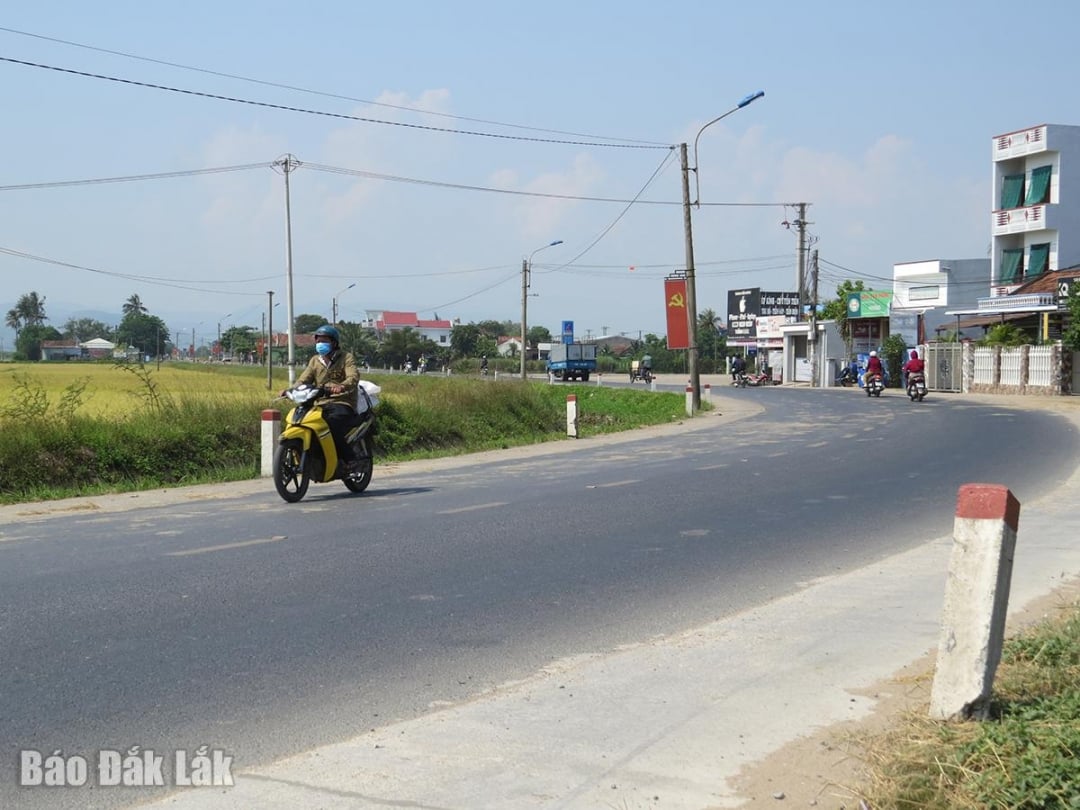 |
| National Highway 29, the main road connecting Dak Lak - Phu Yen. Photo: Dao Duc Tuan |
So what is “source”? It is known that under the Nguyen Lords as well as the Nguyen Dynasty later, at the end of the rivers, local authorities set up trading stations to purchase forest products between the lowlands and the highlands and those stations were called “sources”. On the Ba River there is the Thach Thanh source, that location is now in Lien Thach village, Hoa Phu commune, Tay Hoa district, Phu Yen province. Thach Thanh is a semi-mountainous area bordering the Tuy Hoa plain and the Dak Lak mountains. There is also Lien Thach market (also known as Don market), in the early 20th century, ethnic minorities in Dak Lak still rode elephants down here to exchange goods.
From the past to the present, the tradition and affection of the two lands of Dak Lak - Phu Yen have been constantly cultivated and expanded with many rich, new and more convenient connection spaces in the process of construction, development and deep integration today. Especially once Dak Lak and Phu Yen return to "one house" according to the Central's merger policy, it will create new space and new resources to promote the land of "golden forests and silver seas" to rise up in the new era.
Source: https://baodaklak.vn/van-hoa-du-lich-van-hoc-nghe-thuat/202505/nghia-tinh-giua-hai-vung-dat-dd20722/



![[Photo] French President Emmanuel Macron and his wife begin state visit to Vietnam](https://vphoto.vietnam.vn/thumb/1200x675/vietnam/resource/IMAGE/2025/5/25/03b59c7613144a35ba0f241ded642a59)
![[Photo] Welcoming ceremony for Prime Minister Pham Minh Chinh and his wife on an official visit to Malaysia](https://vphoto.vietnam.vn/thumb/1200x675/vietnam/resource/IMAGE/2025/5/25/dc30203c3ae24da3990266ec3b29bb2d)
![[Photo] Ea Yieng commune settlement project abandoned](https://vphoto.vietnam.vn/thumb/1200x675/vietnam/resource/IMAGE/2025/5/25/57a8177361c24ee9885b5de1b9990b0e)
![[Photo] Funeral of former President Tran Duc Luong in Quang Ngai](https://vphoto.vietnam.vn/thumb/1200x675/vietnam/resource/IMAGE/2025/5/25/ccf19a3d8ea7450bb9afe81731b80995)
![[PHOTO] Hanoi fences off demolition of "Shark Jaws" building](https://vphoto.vietnam.vn/thumb/1200x675/vietnam/resource/IMAGE/2025/5/25/1b42fe53b9574eb88f9eafd9642b5b45)
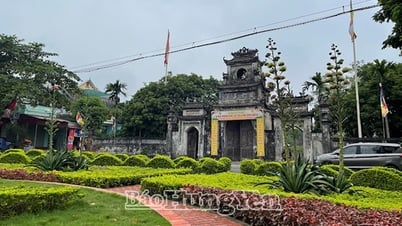

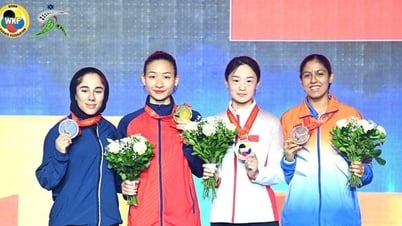

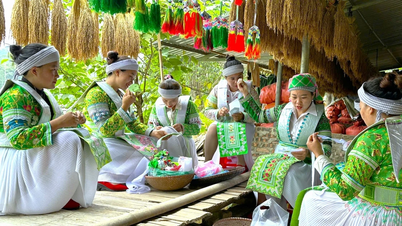

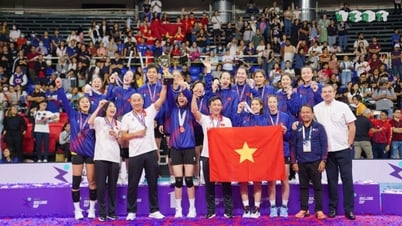
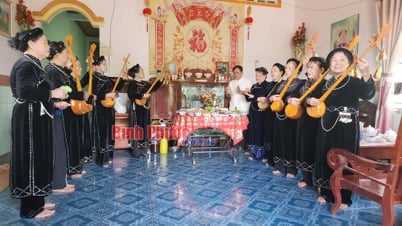

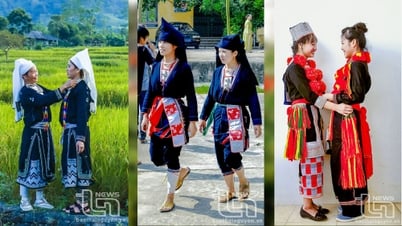





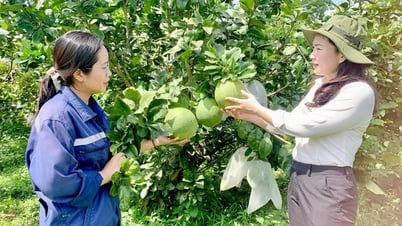

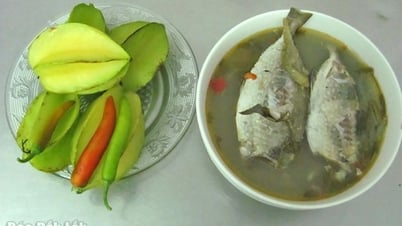
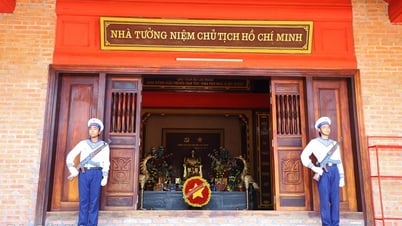
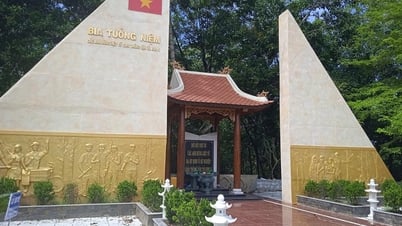
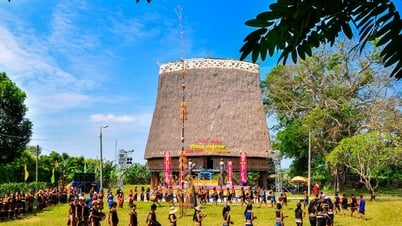































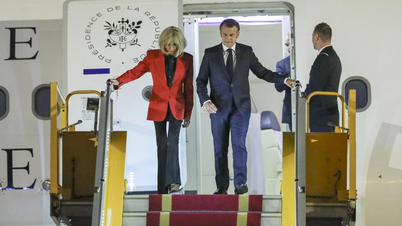
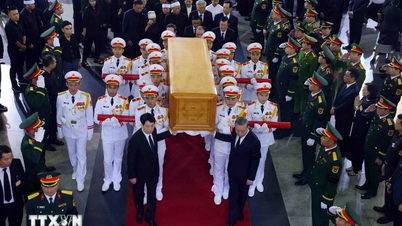
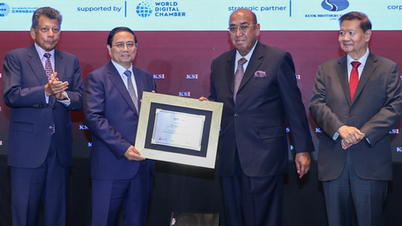
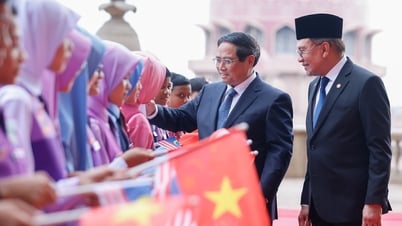
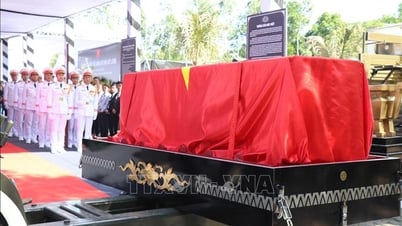











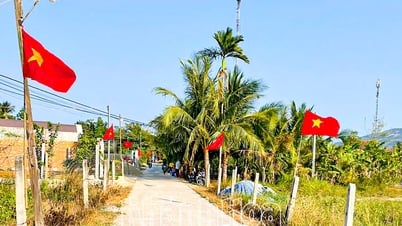


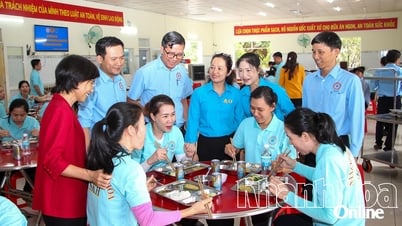
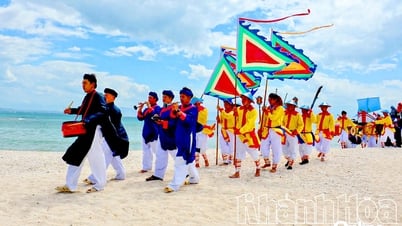












Comment (0)